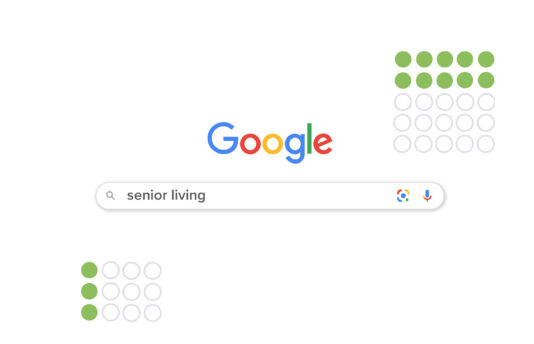On January 1, 2020, the California Consumer Privacy Act (CCPA) went into effect, meaning consumers who live in California will have the right to demand access to how and where their data is being used—that is, a company will need to be able to provide a full list of information collected on a consumer, as well as the third party companies to which consumer data is sold. If consumers feel their data is being misused, they can sue. You may be asking yourself, “Why does this matter to me if I don’t run a business in California?”
Because if you’re a company outside California that collects information from California residents and has at least $25 million in annual revenue (think: ecommerce, financial institutions, hospitality, nationwide chains), the law could apply to you. And, while there is no all-encompassing federal law requiring states to provide consumer data protection, similar laws could and will be coming to a state near you (Massachusetts is already well on the way, with arguably one of the strictest data protection laws nationwide).
We’ve all heard the promise of programmatic advertising reaching the “right people in the right place at the right time.” Typically, this is done by targeting an audience of individuals based on demographics, behaviors and interests. These audiences are often generated by third-party data collection sites.
But with data privacy becoming increasingly prevalent, typical programmatic targeting tactics are being called into question and need to be shifted to fit the new cookie-less digital environment.
So how, then, do we target potential customers while making sure we comply with the CCPA and other third-party data restrictions?
Cue: contextual targeting.
As restrictions on third-party data and cookies continue to increase, contextual programmatic targeting will be a key factor in reaching the right market. Instead of targeting programmatic media buys based on age, gender and household income, we will be better served by targeting strategies that reach a broader set of consumers when they are interacting with content relevant to your services. Using an approach that relies less on demographics and more on contextual data cues, we can rely less on restricted targeting and more on an approach that identifies consumers who are moving into a consideration phase.
Although contextual targeting is also frequently based on third-party data, instead of using increasingly restricted specific information about consumers, it instead looks for the type of content users are searching. You can be as broad or specific as you want (e.g. news vs. sports news vs. baseball news).
Publishers are thus adapting to this environment by offering more options to reach people where they’re likely to be consuming content. Instead of placing emphasis on a certain subset of demographics, contextual targeting uses top-performing brand-relevant keywords and URLS to search millions of indexed webpages to deliver ads where they are likely to have impact. We can use information that individuals have previously consumed to help inform where our programmatic ad dollars should go by developing messaging around contextual data cues. Thus, we will receive more meaningful engagements with people we know are consuming content related to our own.
Take, for example, the healthcare industry: If we’re looking to promote a new diabetes program at a hospital, we cannot build a profile that says we want to target women, 50+, diabetic, HHI 100K+, living in southern New Hampshire. Instead, we’ll target based on interest in things for which a diabetic is likely to be searching. That is, we’re going to place ads on websites promoting low sugar recipes or health and wellness topics related to diabetes and add in a few demographics to remove the outliers.
If we’re looking to promote a CPG brand’s new beauty product, we’re going to want to place our content where young women are likely to be searching, such as Pinterest boards for makeup tutorials or blogs on the best makeup that can transition you from day to night.
To promote a resort or hospitality group, we’re going to recognize that people going on vacations are often looking to get away to escape the stress of their day-to-day lives. A resort may thus be well served by placing an ad on websites that promote stress management or relaxation techniques.
By building profiles based on existential scenarios, we’re more likely to reach people further down the sales funnel who are ready to take action while also complying with newly-imposed third-party data restrictions. Thus, you are still reaching the right people…you’re just buying media based on content that person is consuming rather than on who that person is.











